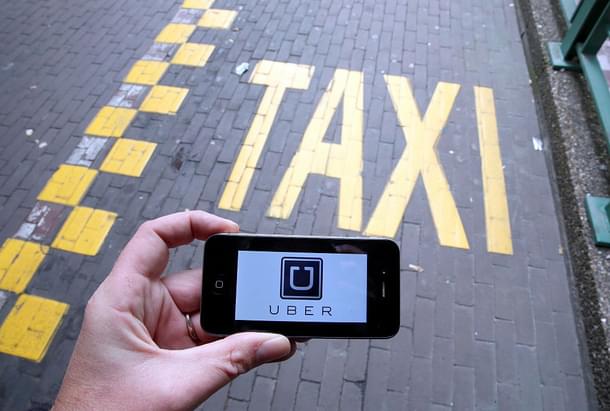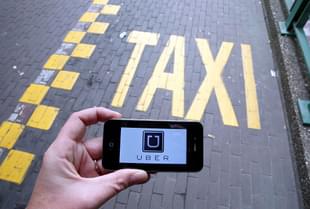Ideas
New Central Rules For Taxi Aggregators Like Ola And Uber Are Surprisingly Liberal. Cheers!
R Jagannathan
Dec 15, 2016, 01:48 PM | Updated 01:47 PM IST
Save & read from anywhere!
Bookmark stories for easy access on any device or the Swarajya app.


When governments regulate, they tend to do so with a heavy hand, often stifling innovation. State governments that have sought to regulate app-based taxi hailing services like Ola and Uber have thus far followed a depressingly restrictive trajectory (read here).
The proposed central government guidelines on regulation seem to be an exception to this rule. And refreshingly so. A Times of India report on the proposed guidelines, which are to be submitted to the Delhi High Court, highlights a liberal ceiling on “surge pricing” – the main bone of contention between aggregators and governments. Aggregators say when prices are allowed to surge, more taxis become available. State governments, responding to populist urges, want to restrict the surges to the absolute minimum, often stifling the purpose of allowing surges.
Surge pricing, when demand for taxis is high, can now rise to three times the minimum fare during daytime and four times between midnight and 5 am. This is surely something that aggregators can live with, since it only puts a lid on extreme fare increases that may result in fleecing customers.
The two other liberal features of the guidelines include the following:
1) All taxis with all-India transport permits can operate under aggregators.
2) Even private vehicles can, after paying a fee and obtaining permissions online, operate under aggregators.
This is big. It will suddenly ensure a huge increase in the supply of vehicles under aggregator labels, thus increasing passenger convenience even while creating lakhs of jobs for drivers. At some point, this change will enable citizens to abandon car purchases and focus on pooling the taxis supplied by aggregators, reducing traffic congestion and pollution. The guidelines are clearly looking to a future where private car ownership is replaced by private-owned cab services that can also encourage pooling of vehicles.
One can’t be sure all states will keep their own policies equally liberal, for there are vested interests who currently collect “haftas” from kaali-peeli taxis and autos and from the issuance of permits.
The guidelines say that state laws on fuel and metering have to be complied with. State transport departments will set the minimum fares.
The positive regulatory features include validation of the app-based meters by agencies approved by the central communications ministry and the setting up of a call centre for attending to passenger distress.
But there, inevitably, are a few illiberal features, too.
The guidelines apply to taxis under four metres in length, which makes no sense. When minimum fares will be decided by the states, which may indeed prescribe different minimums for taxis of different sizes, what was the need for the centre to decide the length of the taxi?
The other worry is the uneven field: while all-India permit holders pay just Rs 5,000 as licence fees, the Times report says city licences cost much higher. The fees cannot be unfair to one segment of taxi operators. Also, safety requirements cannot be different for radio taxis and taxis operating under aggregators.
These kinks need to be ironed out before the final guidelines are issued. But the approach is liberal and in the right direction.
Two cheers to the centre for this.
Jagannathan is former Editorial Director, Swarajya. He tweets at @TheJaggi.





